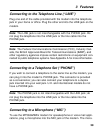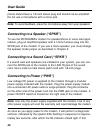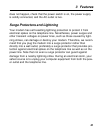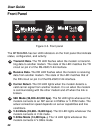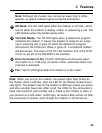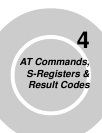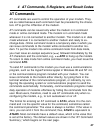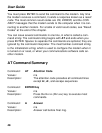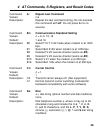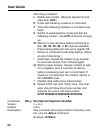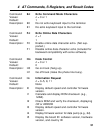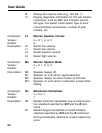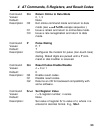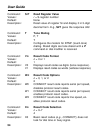
4 AT Commands, S-Registers, and Result Codes
47
AT Commands
AT commands are used to control the operation of your modem. They
are so called because each command must be preceded by the charac-
ters
AT
to get the
AT
tention of the modem.
AT commands can be issued only when the modem is in command
mode or online command mode. The modem is in
command mode
whenever it is not connected to another modem. The modem is in
data
mode
whenever it is connected to another modem and ready to ex-
change data.
Online command mode
is a temporary state in which you
can issue commands to the modem while connected to another mo-
dem. To put the modem into online command mode from data mode,
you must issue an
escape sequence
(+++) followed immediately by the
AT
characters and the command, e.g., +++ATH to hang up the modem.
To return to data mode from online command mode, you must issue the
command ATO.
To send AT commands to the modem you must use a communications
program, such as the HyperTerminal applet in Windows 95 and NT 4.0,
or the communications program included with your modem. You can
issue commands to the modem either directly, by typing them in the
terminal window of the communications program, or indirectly, by con-
figuring the operating system or communications program to send the
commands automatically. Fortunately, communications programs make
daily operation of modems effortless by hiding the commands from the
user. Most users, therefore, need to use AT commands only when re-
configuring the modem, e.g., to turn autoanswer on or off.
The format for entering an AT command is AT
Xn
, where
X
is the com-
mand and
n
is the specific value for the command, sometimes called
the command
parameter
. The value is always a number. If the value is
zero, you can omit it from the command; thus, AT&W is equivalent to
AT&W0. Most commands have a
default
value, which is the value that
is set at the factory. The default values are shown in the “AT Command
Summary,” which begins on the next page.



